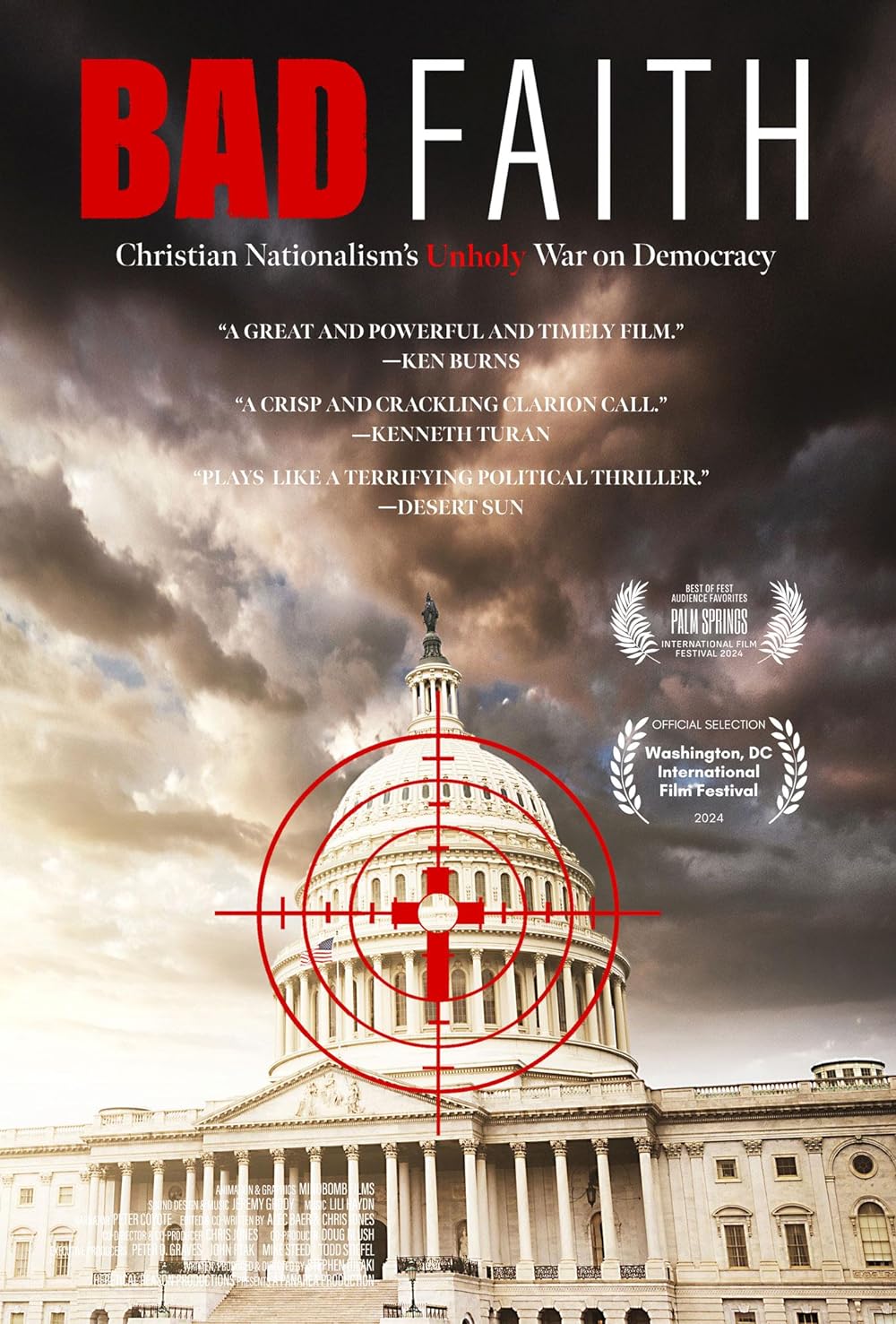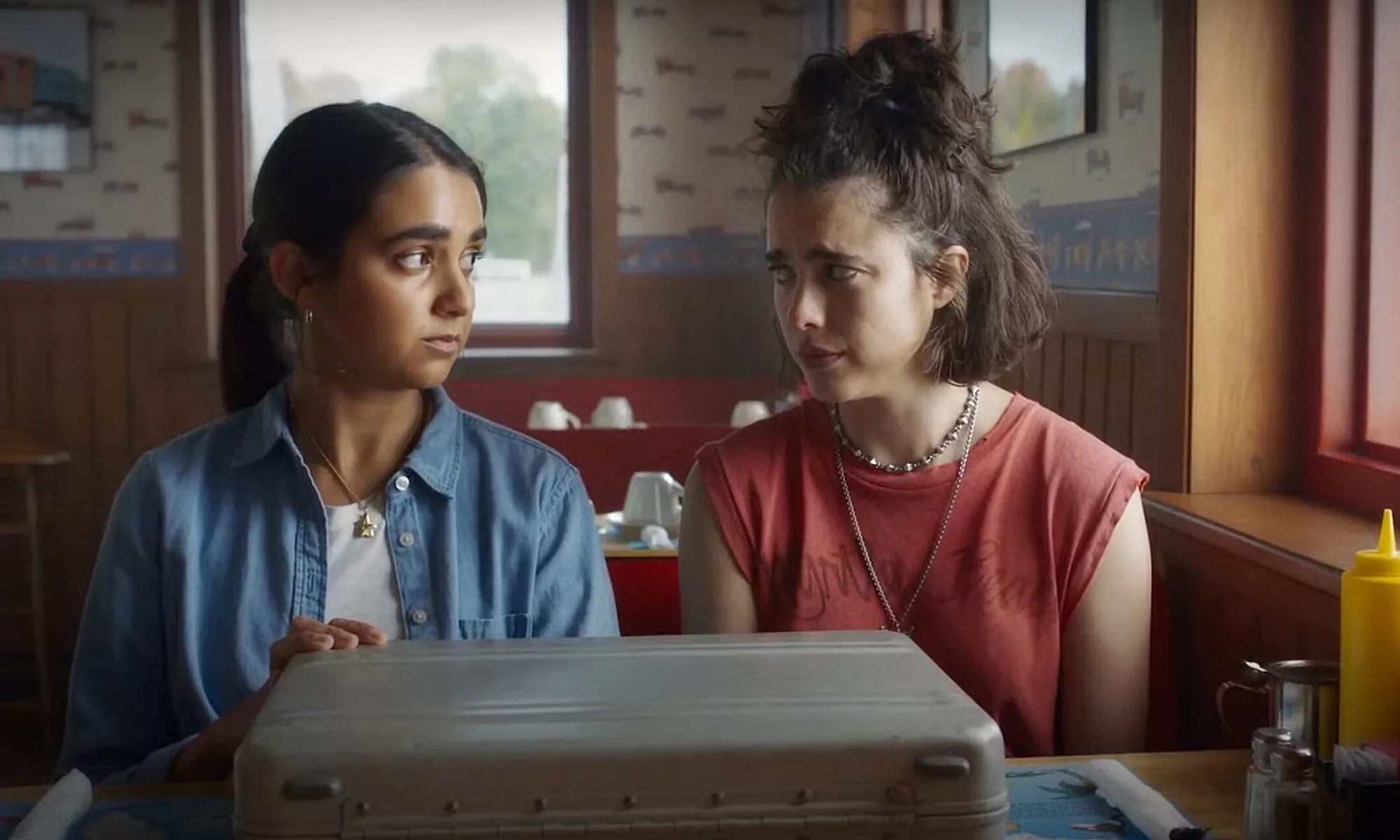Like Mike
Posted on December 13, 2002 at 5:18 am
C+| Lowest Recommended Age: | Kindergarten - 3rd Grade |
| Profanity: | Brief mild language |
| Nudity/ Sex: | Mild |
| Alcohol/ Drugs: | None |
| Violence/ Scariness: | Kids in peril (no one hurt), very mean treatment by adults |
| Diversity Issues: | Diverse characters are friends and teammates |
| Date Released to Theaters: | 2002 |
“Like Mike” has a formula intended for box-office heaven – a teen idol into a family friendly fantasy. Pint-sized rap star Lil Bow Wow plays an orphan who becomes an NBA star when he puts on a pair of sneakers that just might have once belonged to Michael Jordon.
Lil Bow Wow (now grown up enough to be known just as Bow Wow) was born Shad Gregory Moss. His rap name was bestowed by rap superstar Snoop Dog when, only six, he was invited onstage and dazzled the crowd.
In “Like Mike,” LBW plays Calvin Cambridge, who lives in an orphanage run by a meanie named Bittleman (creepy Crispin Glover). Like Little Orphan Annie, Calvin’s sunny outlook and determination sustain him, though he wishes he had a family. His best pals are Murphy (“Jerry Maguire’s” Jonathan Lipnicki) and Reg (Brenda Song). The orphanage bully, Ox (Jesse Plemons), pushes him around, but Calvin does not allow Ox to affect his view of himself.
A pair of used sneakers in a box of donated clothes has the initials “MJ” and there is a rumor that they were worn by a tall, bald, pro basketball player when he was a kid. Ox throws them onto a telephone wire, but Calvin gets them down in the middle of a lightning storm. (Parents might want to warn kids that this would not be a wise thing to try in real life.) When Calvin and the shoes are hit by lightning, something very special happens. When Calvin wears the shoes, he can play “like Mike.”
Calvin ends up playing for pro team the Knights, originally as a publicity stunt, but then as a real member of the team. The other teammates are at first skeptical and hostile, but they learn to appreciate his contribution. Calvin’s roommate and assigned mentor is Tracey Reynolds (Morris Chestnut), a loner who does not speak to his father and does not want to get close to anyone.
The script is right out of the Hollywood formula box, with everything from two different “shoes not there at the crucial moment” scenes and important lessons about teamwork to the winning shot going into the basket just as the buzzer goes off. It’s a combination “Air Bud” and “Absent-Minded Professor.” The movie is oddly edited with some plot holes. We never find out what went wrong in Tracey’s relationship with his father and we get very inconsistent information about his relationships with a couple of different women. The resolution with Bittleman is offscreen and unsatisfying, and many of the kids are still left without parents at the end of the movie.
The best thing about the movie is its surprisingly able cast of supporting players, including Robert Forster as the coach and Eugene Levy as the team’s publicist. Chestnut is real leading man material. LBW himself has a lot of charm. A number of NBA greats make brief appearances.
Parents should know that there is a surprising amount of abuse and cruelty by adults in this movie. Bittleman lies, cheats, calls Ox an idiot, and forces the children to sell candy outdoors late at night. He burns Murph’s only photo of his mother. Some kids may be upset by the orphanage and by Tracey’s estrangement from his father. Make sure kids know that they must stay away from power lines and lightning. And make sure that kids know that room service is not free!
Families who see this movie should talk about where the power really came from. Why did Calvin want a nickname? Why, when he wanted a family so badly, did Calvin reject some of the people who wanted to adopt him? What is a mentor, and how do you find one or become one? How much of what made Calvin a basketball star was in the shoes, and how much was in his heart?
Families who enjoy this movie will enjoy Air Bud and Angels in the Outfield. (Click here for the original 1951 version, which is even more delightful.) They may also want to try Rookie of the Year.






